Overview
Map
Other Details
كنيسة مار أغوسطينوس
Kfarsghab
Zgharta
North
كنيسة مار أغوسطينوس - كفرصغابكنيسة قديمة العهد تعود للقرون الوسطى. فيها عقد البطريرك يوسف الرزّي مجمع ضيعة موسى سنة ١٥٩٨ الذي أقرّ جملة من الإصلاحات الكنسيّة كاعتماد التقويم الغريغوريّ. بقيت الكنيسة خربةً ردحًا من الزمن، إلى أن رمّمت سنة ٢٠٠٧.The church of St Augustin - KfarsghabAn old medieval church dating back to the Middle Ages. In 1598 the council of Dai'at Moussa was held in it, presided by Patriarch Youssef El Rezzi, and proclaimed many liturgical renovations such as the adoption of the Gregorian calendar. The church laid in ruins for a long time, until it was renovated in 2007.
Visited 2370 times, 1 Visit today



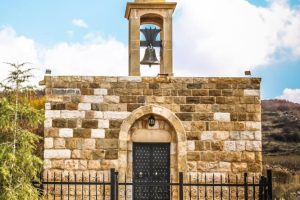
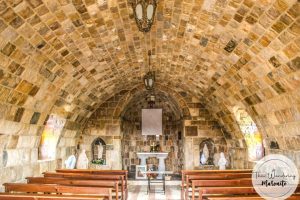
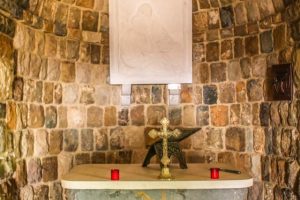
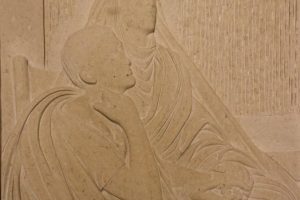




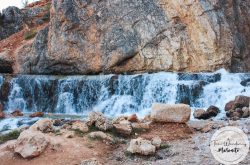
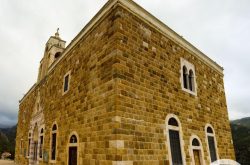
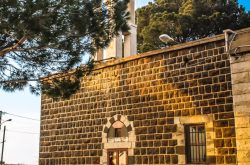
Reviews are disabled, but trackbacks and pingbacks are open.